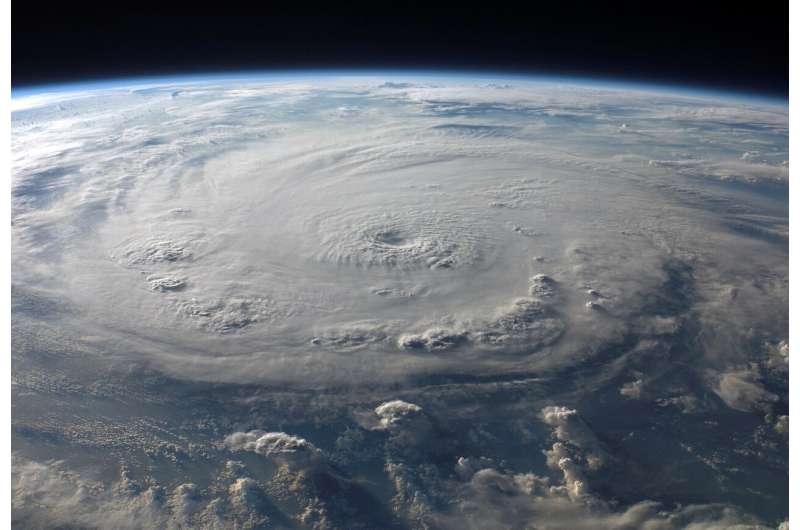Youth exposed to natural disasters report low post-traumatic stress

A study of over 1,700 U.S. young people exposed to four major hurricanes found that just a few of them reported chronic stress, and the trajectories among most youth reflected recovery or low-decreasing post-traumatic stress (PTS) symptoms, according to research recently published in JAMA Network Open.
Titled "Trajectories of Post-traumatic Stress in Youths After Natural Disasters," the inquiry, conducted from August 2017 to August 2020, combined data from four studies of youths ages six to 16 who attended schools near the respective destructive paths of Hurricanes Andrew (1992), Charley (2004), Ike (2005) and Katrina (2008), from three to 26 months following the disasters. Fifty-four percent of the subjects were female, and 46 percent identified as White non-Hispanic.
Utilizing the Post-traumatic Stress Disorder Reaction Indexes developed by the University of California, Los Angeles to assess PTS, and latent class growth analyses to evaluate the participants' symptom trajectories and associated factors, 10 percent registered as "chronic," while 23 percent were considered "recovery," 33 percent were classified as "moderate-stable," and 34 percent were "low-decreasing." Female and younger youths among the subjects tended to experience more severe PTS symptom trajectories.
The findings also suggest that youth with "chronic" or "moderate-stable" trajectories may benefit from post-disaster intervention.
"These findings may guide policy makers to effectively implement `stepped care' after a disaster, where the most effective yet least resourced intensive treatment is delivered to youths first, and escalating services are only implemented as clinically required," said lead author Betty S. Lai, Ph.D., the Buehler Sesquicentennial Assistant Professor Chair in the Department of Counseling, Developmental, and Educational Psychology at Boston College's Lynch School of Education and Human Development. "The results also highlight the need for health surveillance systems after disasters, since many youths reported elevated PTS symptoms."
More information: Betty S. Lai et al, Trajectories of Posttraumatic Stress in Youths After Natural Disasters, JAMA Network Open (2021). DOI: 10.1001/jamanetworkopen.2020.36682


















